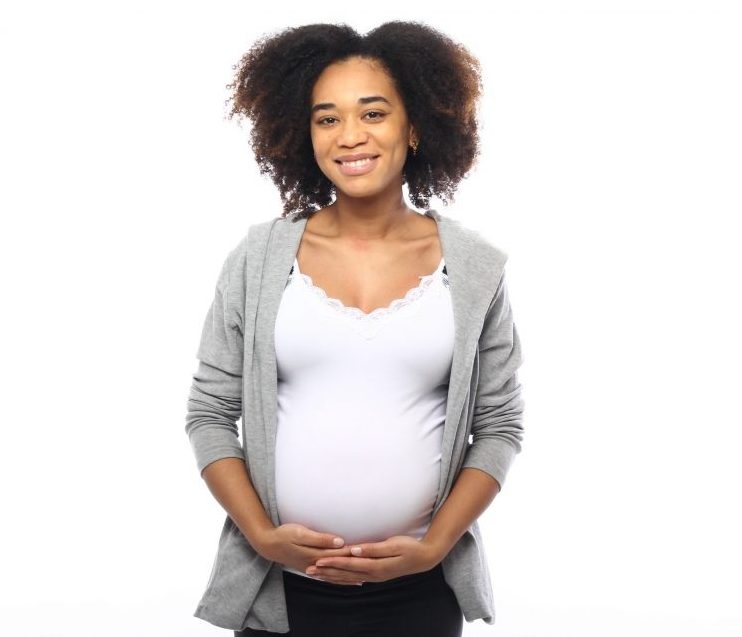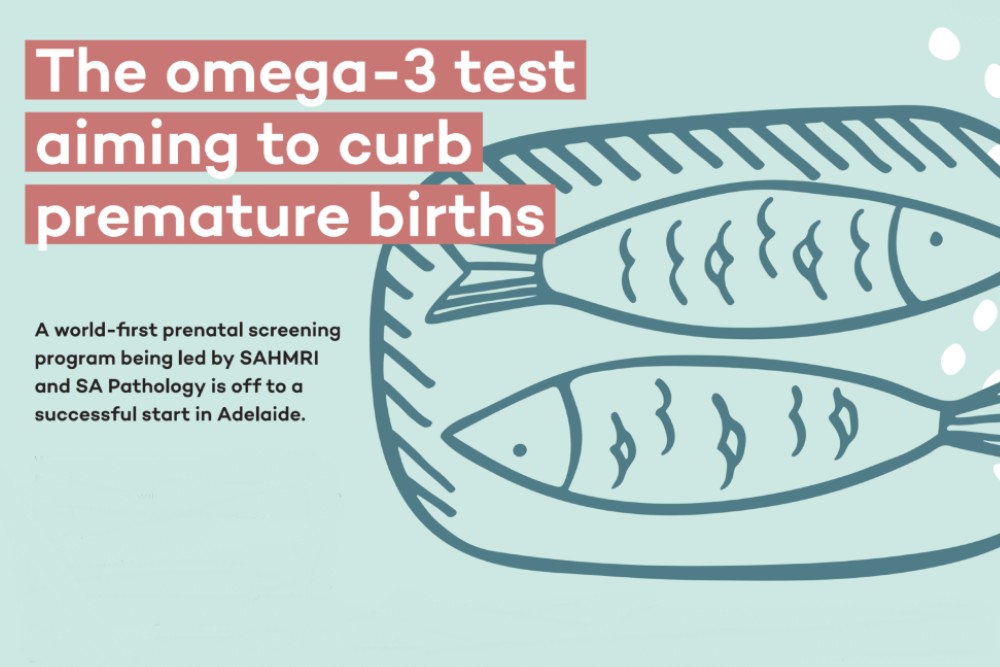KIDDO caught up with SAHMRI Deputy Director and Women and Kids Theme Lead, Professor Maria Makrides, to find out more about the exciting initiative.

Q: What are the risks of preterm birth?
A: Babies born too soon can suffer complications requiring long stays in hospital and long-term health and developmental problems. Early preterm birth commonly impacts vision and hearing and has the potential to impair learning and cause behavioural problems, as well as raise the risk of chronic health issues.
Q: What’s unique about the omega-3 program?
A: Pregnant women have never had the opportunity to get their omega-3 levels tested like this anywhere in the world.
The program and its evaluation are in response to a large body of research that’s been summarised in a new evidence-based recommendation in the Australian Pregnancy Care Guidelines, advising women who are low in omega-3 to supplement their intake in order to reduce their risk of prematurity.
Q: How does it work?
All women in South Australia with a singleton pregnancy are eligible for the test. There’s no need for an additional blood sample to be taken, as omega-3 analysis will be performed on blood collected as a part of the established SA Maternal Serum Antenatal Screening (SAMSAS) program. Our partnership with SA Pathology is allowing us to test out whether omega-3 screening will be adopted by women and health professionals and whether we’ll be able to see the expected reductions in prematurity if enough women participate in the omega-3 program
The blood test is the most accurate way to determine an individual’s omega-3 levels. It’s performed at no cost to the patient or health service and once women receive their results they’re advised on appropriate supplementation.
Q: How has it been going so far?
A: Since we launched the program in April this year, we’ve seen a steady increase in uptake. Over 2,000 pregnant women have participated and we are now routinely doing more than 100 omega-3 tests per week covering about 35% of women with singleton pregnancies in SA. We need to get this percentage up to about 80% to see maximal benefit.
Ideally, we would like all pregnant women carrying a single baby to have an omega-3 test through the SAMSAS program.
Q: How long will the program run? Will the omega-3 test become a standard test for all pregnant women in Australia?
The current evaluation of the omega-3 testing will run for another two years. This should give us the necessary data to see if we are making a real difference in reducing the rates of prematurity in the community. I am sure these results will guide how omega-3 testing will be used in the future.
sahmri.org/omega3
omega3@sahmri.com
You might also like:
THE POPPIE STUDY: Prenatal Iodine Supplementation & Early Childhood Neurodevelopment






